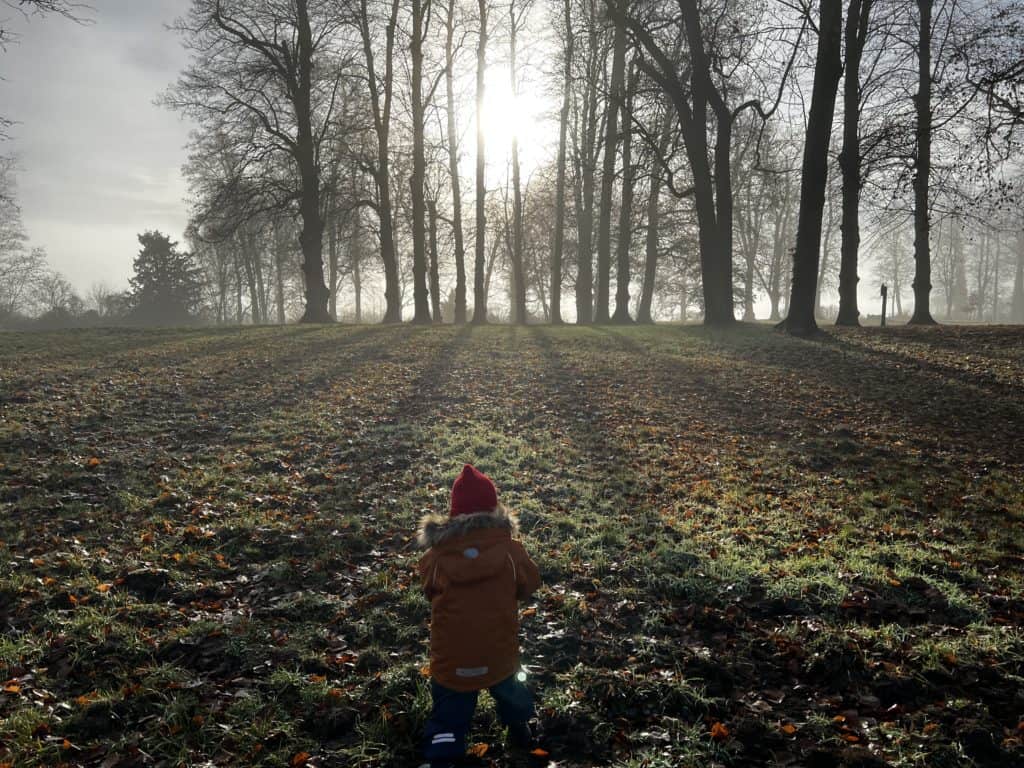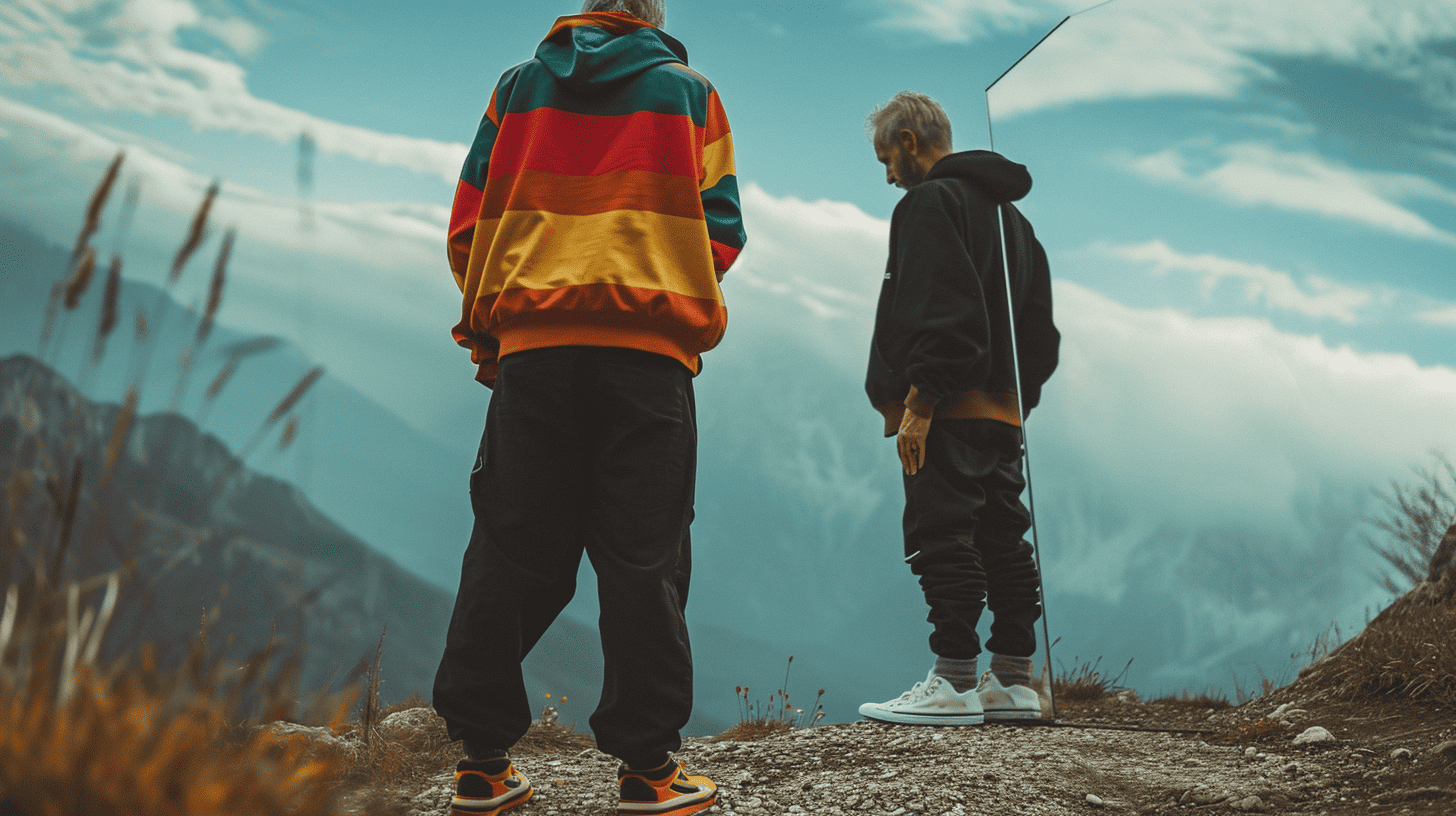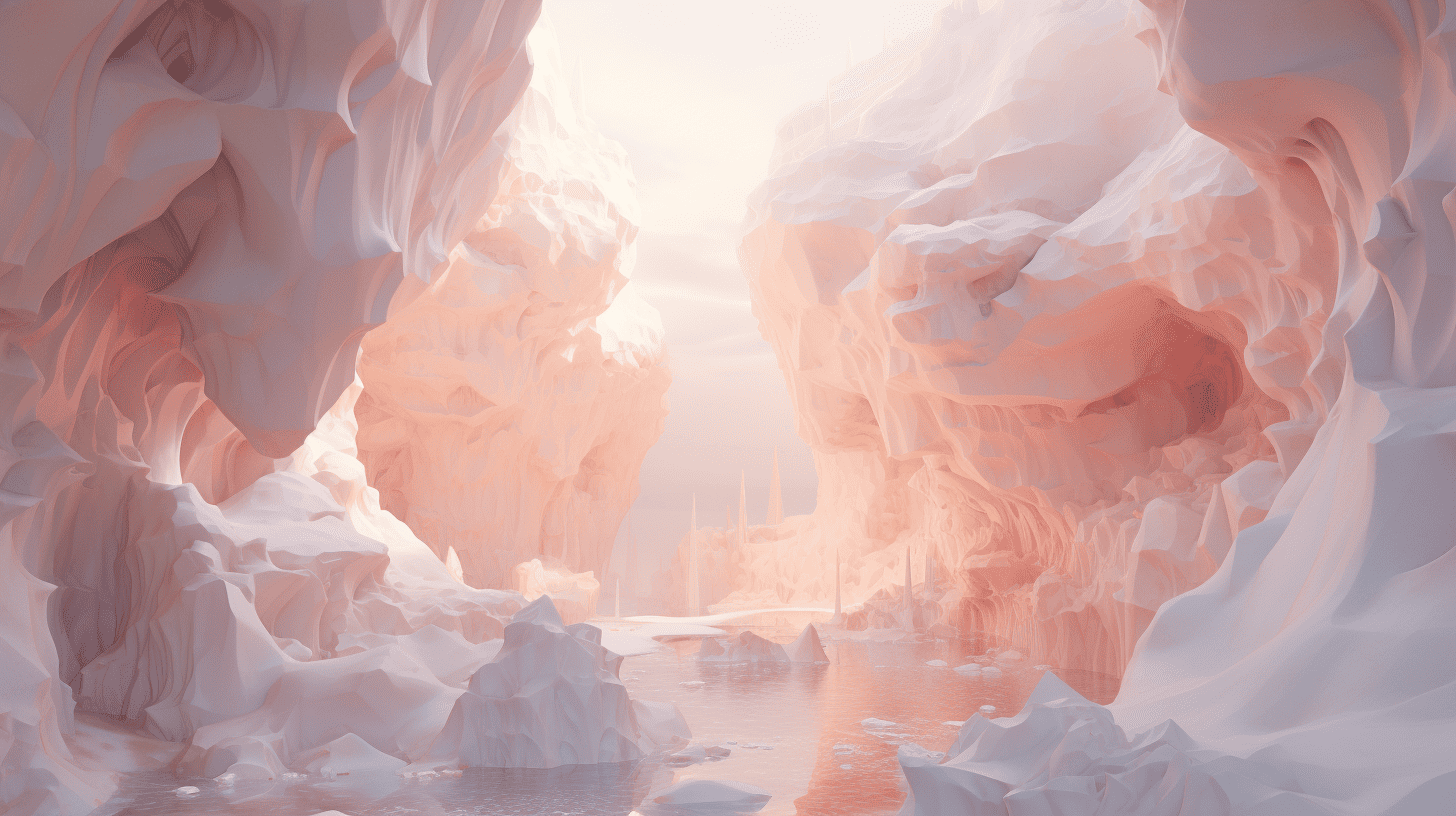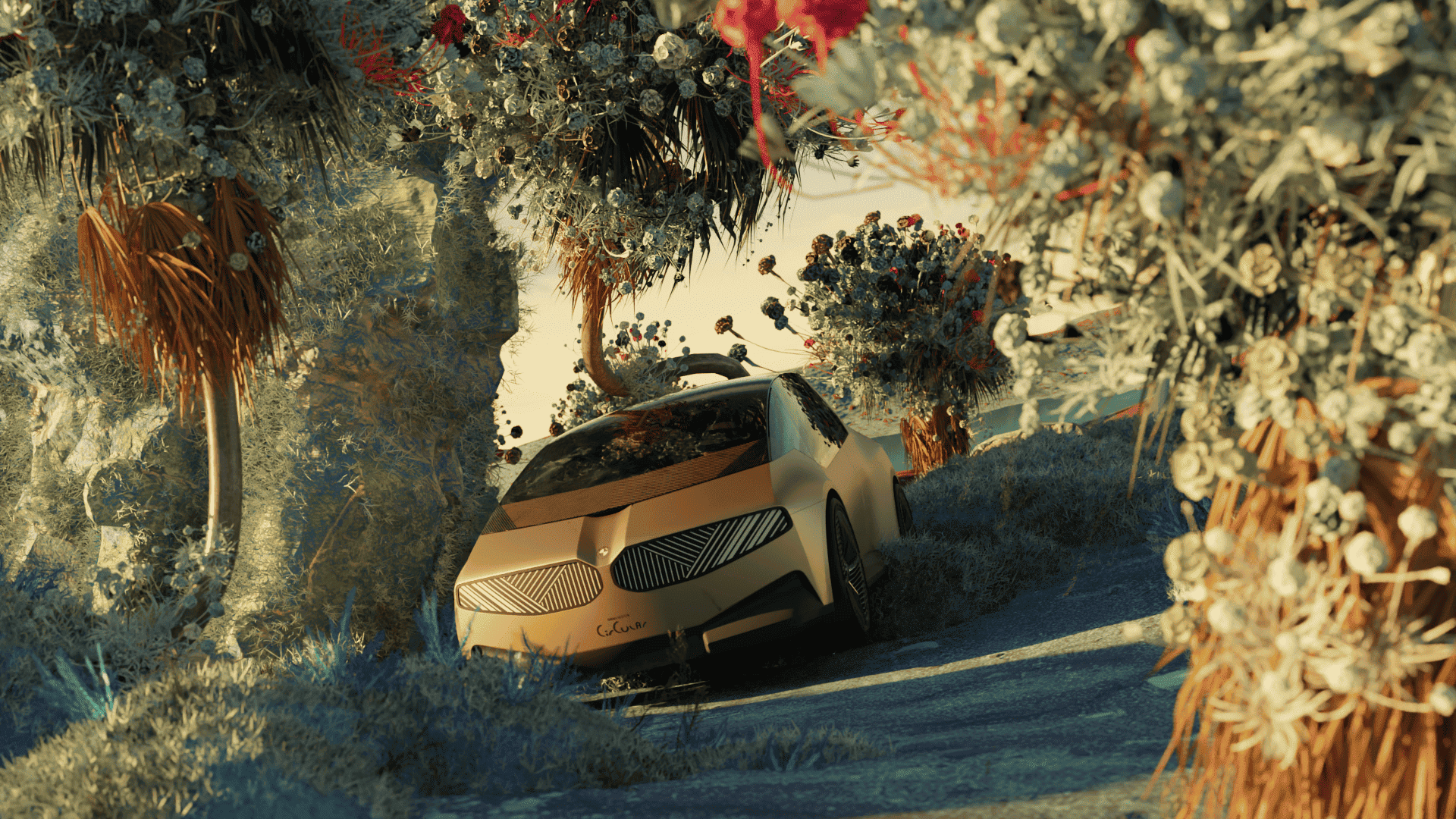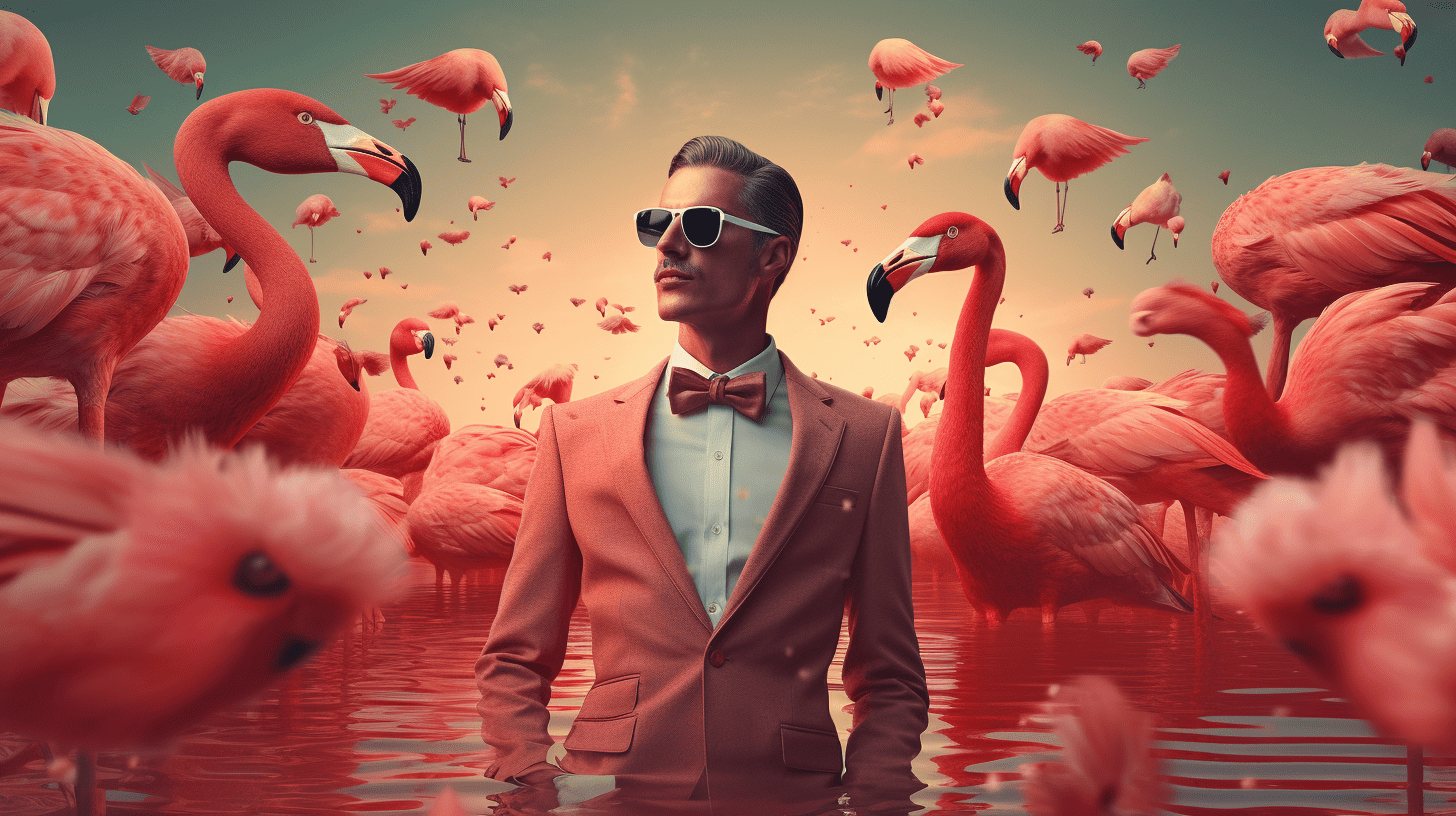I was not meant to be a graphic designer, or even less a creative director for real time interactive and metaverse experiences.
I majored in 20th century history at high school and then did one year of political sciences at university, when I realised that in a country such as Argentina, political career was not something I was probably cut out for. But perhaps I was wrong.
I did have love for films, videogames and the internet, but a major sweet spot for "Behind the Scenes" featurettes on HBO where the mixture of practical and visual effects and early computer graphics were shown. That was for me real magic.
My logic eventually was clear. I love movies, I love posters, what if I learn how to design one poster, as the basic unit of visual communication, then I multiply that 24fps and I get a movie.
I was young, and stupid, and it took me a while to find my path so here is a list of ten things I would tell my younger creative self and I hope he doesn't listen to me and repeat the same things, otherwise I wouldn't be the person I am today, and I kinda like it.
- All those sleepless nights paid off. But prioritize health.
- Do an apprenticeship. All the free work you did to get experience also paid off, everything counted.
- Save more. Pay yourself first and build a freedom fund.
- Document your work better.
- Spend more time mastering the tools.
- Learn how to draw & create every day.
- Make more friends (build an audience).
- Go all in. Live in a shity place and focus everything on your craft.
- Have technology always up to date.
- Have kids earlier.
1. All those sleepless nights paid off. But prioritize health.
Our job demands that we sit in front of the computer for hours.
It was very often in my university days to pull all nighters either working on a particular project, or studying for a particular subject.
This tendency only increased when I started working at the first motion graphics studio, pitching until the very early hours because volume only seemed to come the last 2 days of the sprint. I remember taking massive amounts of coffee, sugar, cookies. And I gained a lot of weight in the meantime.
It was not until I was about 27 and after a couple of health scares, that I started to get interested in the theme of longevity, started drinking orange juice and eating blueberries in the morning, and luckily now with 40 years old Im very glad those first steps that lead me to weight training, crossfit, and running, etc.
Still lazy at heart.
2. Do an apprenticeship. All the free work you did to get experience also paid off, everything counted.
If I would have to start again everything, I would do a sort of apprenticeship of sorts.
I've had many boss-mentors over the course of my career but I have never really done apprenticeship type of work for long periods of time.
I would today, try to find someone that is doing the type of work that I would be interested in, and go all in, work for free and dedicate all my focus and energy to learn as much as possible for as long as possible.
That could have also been done at a place where I would have started from the very bottom, for example at a game studio creating assets, learning all about the tooling from the ground up.
My first job out of university was directly as an Art Director, therefore I always lacked the technical skills on a core level.
3. Save more. Pay yourself first and build a freedom fund.
Im not talking about fuck you money, but many decisions I had to make during my career were for a lack of funding to take the time, think, make my personal project and reshape the career on my interests.
Sometimes it feels that where I am right now, it's the direct result of not having the capacity to take 1 or 2 years off to reshape where I would see myself in the next couple of years.
Either bootstraping a project or learning something new.
4. Document your work better.
I've had a lot of great and cool projects during my whole life, that there is no real record of them.
Some of my most successful friends, have always spent time creating proper documentation about their work. Creating nice renders, of photography of the finished product.
I tend to look at my work as some sort of flow, and hope that the best one will definitely stand out the test of time on itself, but that is wrong thinking.
For example, last year when we launched the metaverse experience in Las Vegas, I could've travelled with my DSL camera and record and document the whole launch experience and the car much better. Luckily my colleagues at Journee created this fantastic film, which I've never would've managed to do by myself and its a whole project on its own.
It is very easy for to make even not so polished work just stand out using proper mockups and templates. The same amount of effort and energy should be invested into proper documenting and presenting the work to the world.
5. Spend more time on the technical side.
I definitely wish I would know how to code.
At least to understand the basic principles of computer science to be able to solve problems from a different perspective.
I always felt that my limitations were mostly due to my lack of proper depth and understanding of the tools and therefore I had to use what little I knew, and come up with creative solutions and my superficial knowledge of them allows me to communicate with more technical artists.
But definitely bossing around about how to use Houdini, Javascript or even Blender Nodes, I think would make a massive different on my visual output.
6. Learn how to draw & create every day
Drawing is thinking and seeing.
One of my mentors once told me, "the only tool a director ever needs is pen and paper".
I always regretted not having a more formal way of expressing my thoughts on paper. Not knowing how to draw was always something that behinderd me on my creative journey.
As a director, it sometimes pays off to show someone else that idea that you have on your head to someone else with clarity and drawing is the perfect medium.
Good use of perspective, human anatomy. All things that I would love to master.
I'm addicted to purchasing notebooks but they are all empty because I don't know what to do with them.
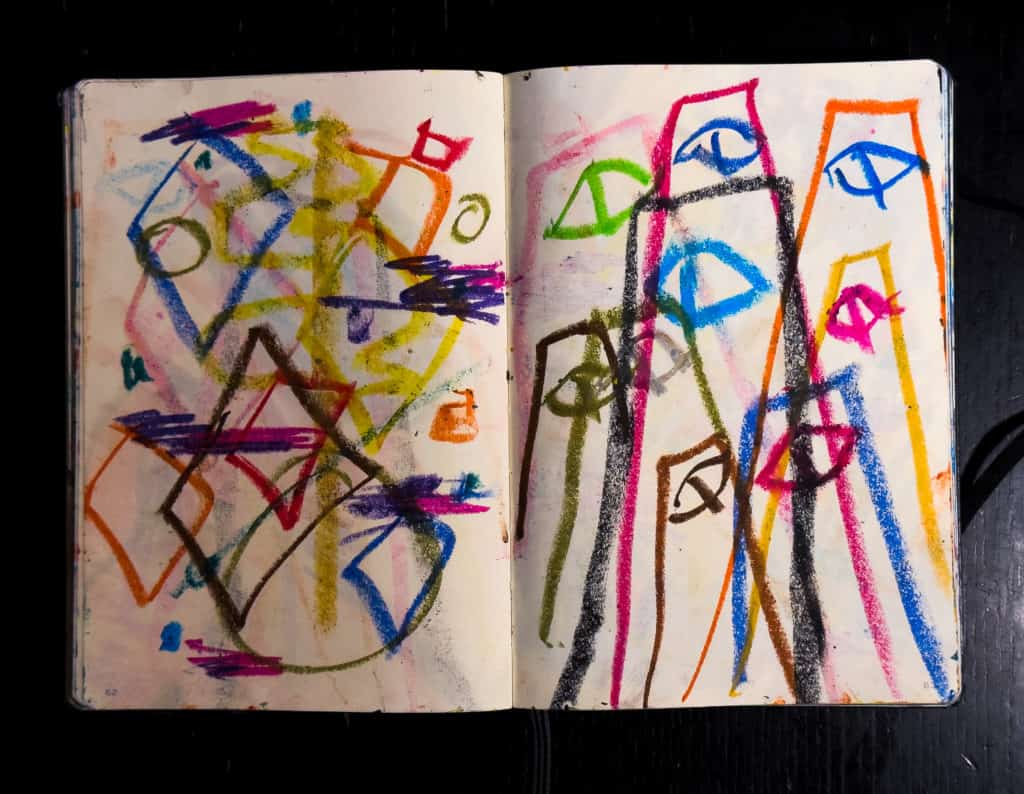
Recently I stole my son's pastels, and started creating, not every day but almost, and start to discover a new form of expression.
It still feels that not knowing how to draw properly is not allowing me to express the things that are in my head. Like not knowing enough of a language to talk to people.
That creative output, then reflects on my work, I take another look at color, texture, and the tangible aspect that is so missing on the digital space.
7. Make more friends.
I'm not a friendly person, maybe not even an likeable person.
The few people in my life that I call friends, are true friends. That I know I pick up the phone and they will be there, and even if i don't see them after 10 years, they will be there for me.
Nowadays, with the internet, you can build an audience of followers, and like minded people that you can have a shared journey together.
If that is something that you are interested in then, supporters, followers, or people that follow your journey, will come back to you if you are genuinely engaged with them. You can feel part of your own little community that can help you grow, or go independent one day.
But if that is the case, I want to be lucky enough that I connect with the right people.
8. Go all in. Live in a shity place and focus everything on your craft.
I went all in on adventure, but with a bourgeois spirit and soul.
I've experienced extreme discomfort and really extreme situations, like that time I was struck by a rare vascular disease that turned my skin red for months alone, in the middle of a dark winter whilst trying to make a big job come across because I needed better health insurance. I cannot say that I left everything behind and dedicated my living self to my craft and soul. Maybe in that case I would've become an artist.
I tried to "balance" things out. Go all in on something, but making sure I got paid for it, and not reinvesting always that money on myself or my craft but to enjoy things in life, go out exploring Berlin's techno nightlife and wasting a lot of time trying to "find myself".
9. Have technology always up to date.
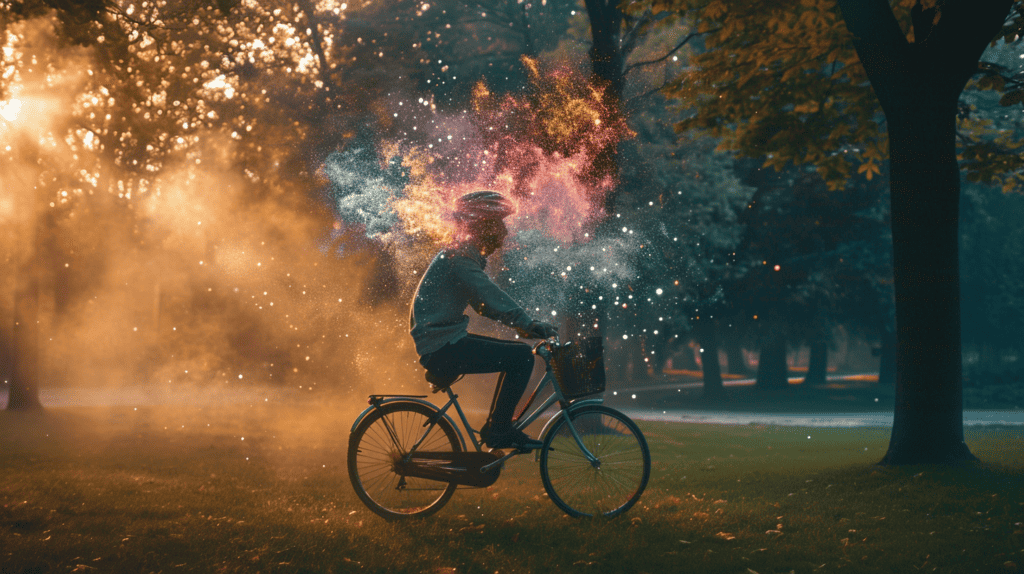
Your tools should always be sharp, clean and up to date.
Business will run smoother if your tech stack is up to date and it allows you to create the things that you want with ease. Tech should not be an impediment for you to express yourself.
They should actually give you an edge. Allow you to work faster. Become a bicycle for your mind.
10. Have kids earlier.
Controversial, but, to be honest, when you are young, you have the energy and stamina to go through things with higher rates of recovery. Not only kids give you purpose, but they give you a sense of responsibility and real growth that nothing else delivers in this world.
Your lens and priorities will permanently change, but also, if you would have kids at you early 20s, you would have the energy to go through parenting and career, and when your kids can start taking care of themselves and become more independent you will be able to focus on the best years of your career without sacrificing their formative years.
